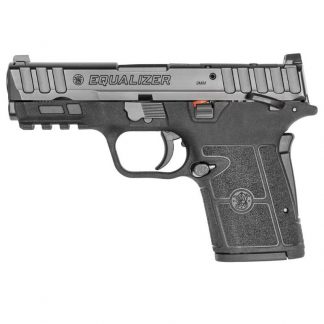

10 Best CCW Handgunsįrame size and caliber preferences vary widely, so we curated a similarly wide variety of our favorite CCW handguns. With enough practice, you can draw quickly and smoothly from almost any holster. Ensure that you can access your firearm quickly from standing, seated, kneeling, prone, and supine positions. They're generally easy to conceal and comfortable while standing, but likely to be uncomfortable (and very difficult to access) while seated.Įxperiment with several different kinds of holster configurations to see which feels most natural to you. Small-of-back holsters can be quite comfortable and reasonably fast, particularly for compact and subcompact firearms. They are also less prone to digging into your side. However, they can be faster and easier to draw from while sitting, especially while in a vehicle. Weak-side OWB and IWB holsters (sometimes referred to as “cross-draw" holsters) are generally slower on the draw. Accessing your weapon will be slow and awkward while sitting in a vehicle. Strong-side OWB and IWB holsters are quick and easy to draw but may dig into your side, especially when seated. Shoulder holsters can comfortably accommodate even full-size handguns but require a jacket or overshirt to conceal and are slow to draw from. Inside the waistband holsters are more concealable than their OWB counterparts but may be less comfortable or marginally slower to draw from.Īnkle holsters are easy to conceal and quite comfortable if you have a small firearm and spacious pant legs.

These holsters may be more comfortable for extended wear than IWB holsters, and they tend to be the quickest to draw from. Outside the waistband holsters are somewhat more difficult to conceal because the weapon itself and part of the holster sit on your belt as opposed to being tucked mostly out of view inside your waistband. OWB and IWB holsters come in several configurations, the most common variants being strong-side hip, weak-side hip, and small of back. There are several types of concealment holsters: outside the waistband (OWB), inside the waistband (IWB), ankle, and shoulder. If you need to carry extra magazines or loose rounds, consider where you'll keep them and how easy they will be to conceal. Most notably, a smaller frame means lower capacity, especially in large calibers. Smaller handguns are, of course, easier to conceal, but a smaller frame comes with a few drawbacks, too. Generally, these models will have barrels under 4". Almost anyone can conceal one without significant wardrobe changes. Subcompact handguns are even smaller than compact models and are designed specifically for concealed carry.Most commonly, you'll see barrels between 3.5" to 4.5". Most people can hide one on their person reasonably well. Compact handguns are smaller than full-size models and easier to conceal.Barrel lengths tend to be between 4" and 5". Tall people who are willing to wear baggy clothes can sometimes conceal full-size handguns successfully, but it's tricky. Full-size or duty-size handguns are the largest.Barrel length can be used as a very rough rule of thumb, though. There are no hard-and-fast measurements for each size category. There are three broad size categories of handguns: full-size, compact, and subcompact. All else being equal, tall people can conceal bigger weapons than smaller people can. Once you've narrowed your choice of calibers down to a range you're comfortable with, consider the frame size and capacity of potential CCW handguns, especially relative to your height and body type. Still, consider logging some more practice hours with those larger calibers when you have time. 22 that you can shoot expertly is a better defense weapon than a 9mm or. In general, we recommend a caliber of at least 9mm for your CCW handgun, but this recommendation shouldn't override your comfort level. Certain calibers are more effective at immediately neutralizing a threat, regardless of whether or not they are immediately lethal.Ĭalibers sized 9mm and larger are significantly more effective at stopping an attacker, even when the defender's shots are not immediately lethal. This brings us to the difference between stopping power and dropping power. But it often takes several minutes (or longer) for the attacker to be rendered incapable of continuing the attack, particularly with calibers smaller than 9mm. The best and most thorough studies on the lethality of various calibers in self-defense situations generally agree that, when it comes to eventually incapacitating an attacker, bullet size makes little difference.


 0 kommentar(er)
0 kommentar(er)
